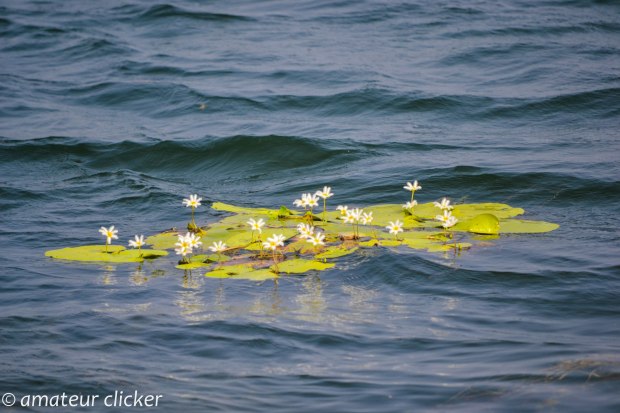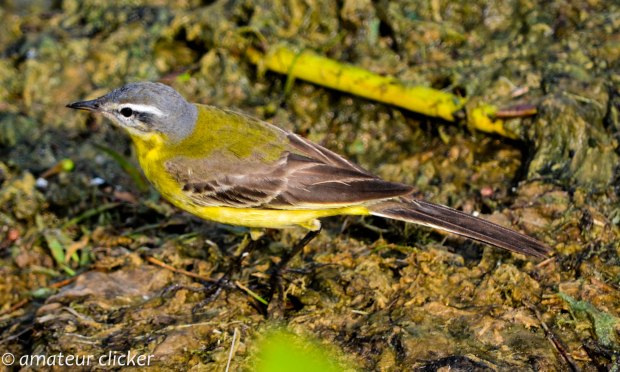Ruddy Shelduck is another one of those migratory birds that comes to India in October and leaves by April. They were in huge numbers at Vadhvana lake swimming about, flying around, strutting in the sun and enjoying the Indian winters! 🙂
I guess weary of us human’s they maintained their distance. Flying away every time I was about to reach a vicinity from where I could take a more detailed picture.
Usually found in pairs these fellows travel long distances and off they go the moment we near them!












